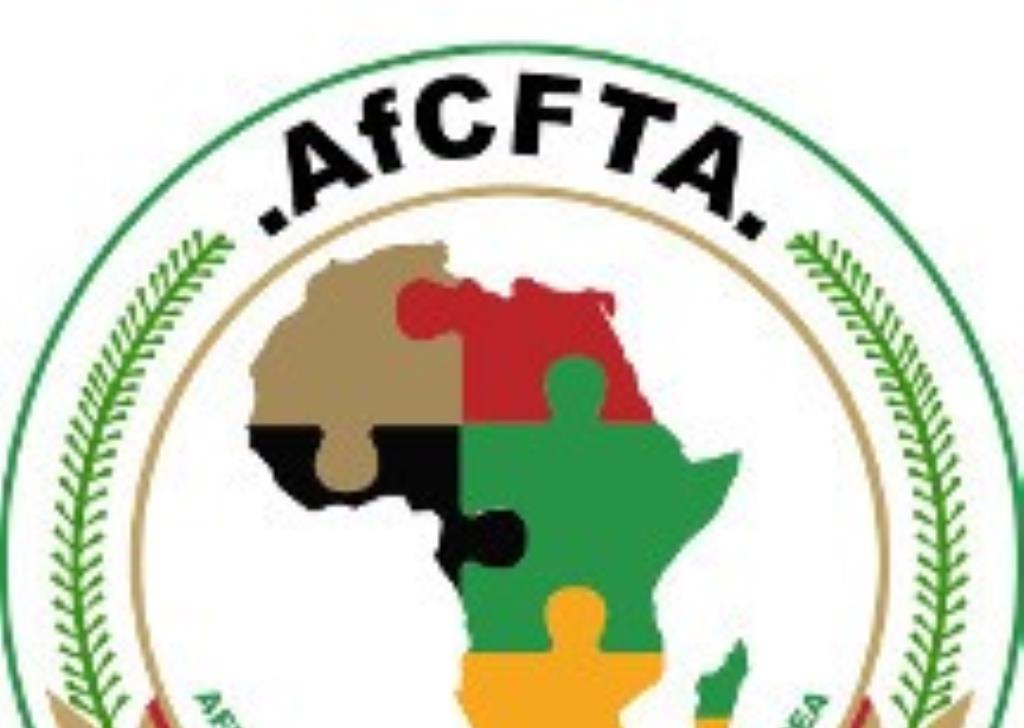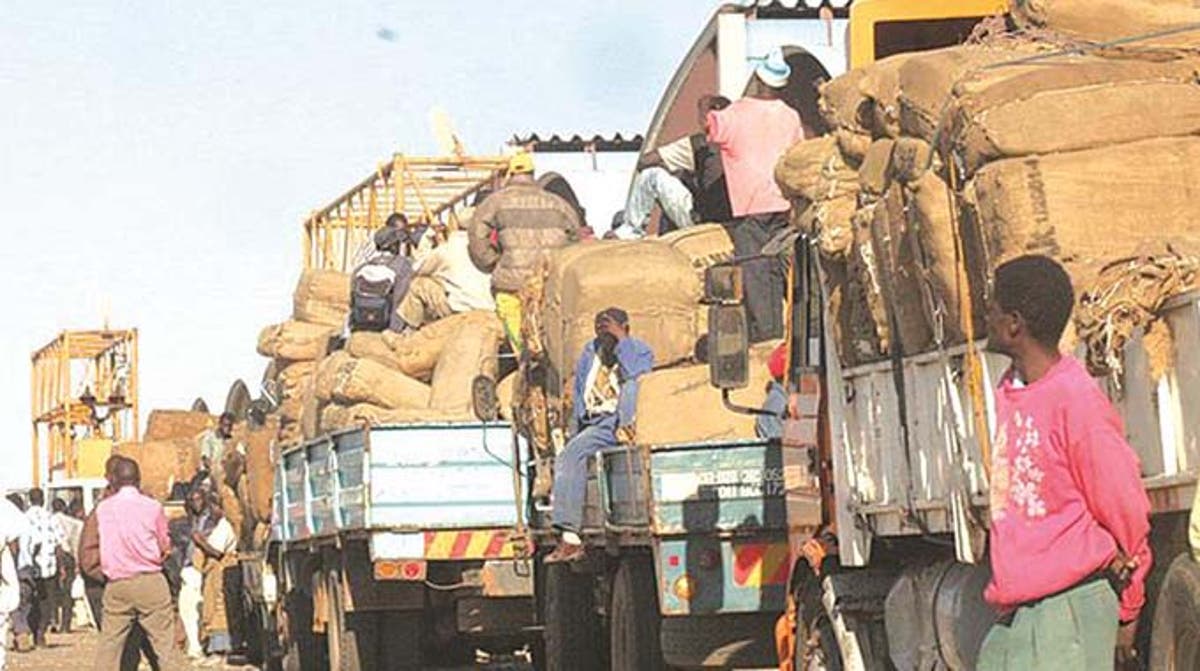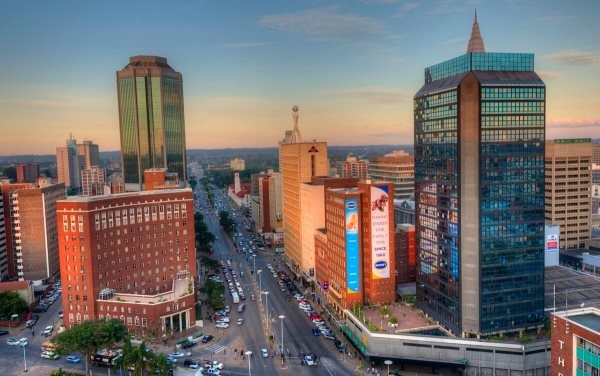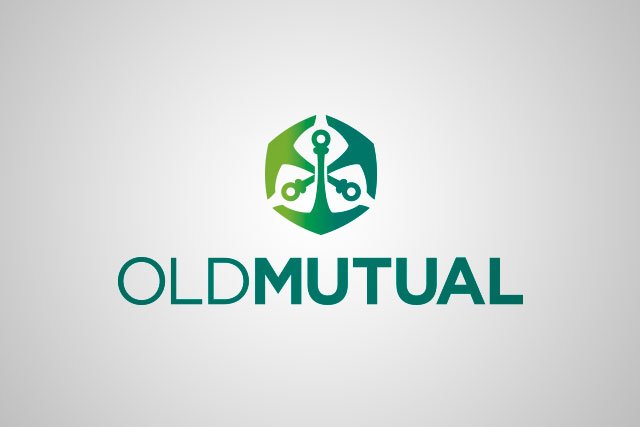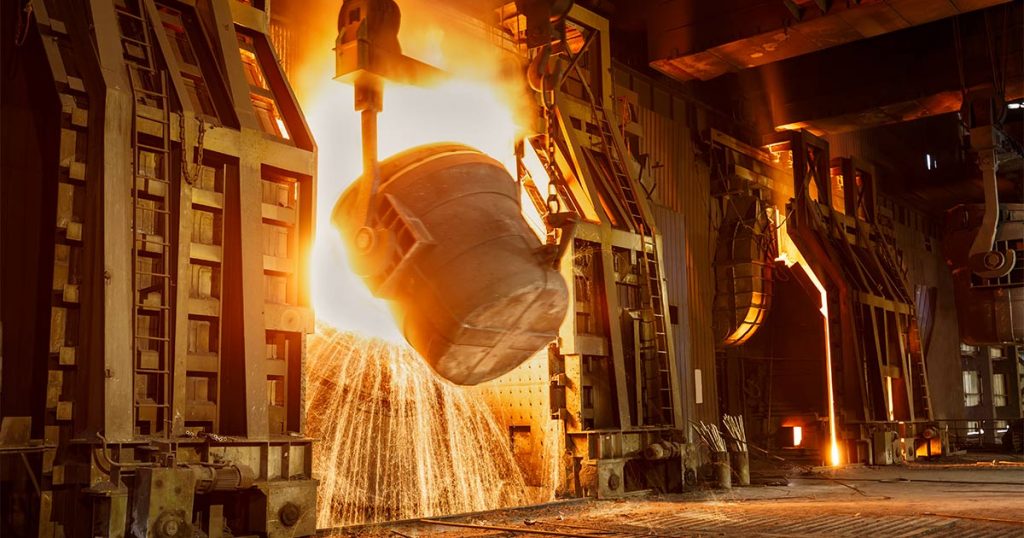Steel giant hires 1 400 workers
GIANT CHINESE investor, Dinson Iron and Steel Company (Disco), has increased the workforce at its Manhize steel plant construction site in Mvuma to 1 400 as it pushes to meet the December 2023 deadline for the commencement of production.
Disco is a subsidiary of Tsingshan Holdings, the world’s largest stainless-steel producer, which is building Africa’s biggest integrated steel plant in the Midlands Province, whose first blast furnace is expected to be a game changer for Zimbabwe’s economy and the region at large.
Estimates indicate that the plant will produce about 1,2 million tonnes of steel annually and create over 10 000 jobs at its peak.
With the massive project now at 60 percent complete, locals have become the biggest beneficiaries of job opportunities while the investment is also bringing huge development spin-offs to the surrounding communities and the economy at large.
Among the key notable deliverables, the investor has already completed the construction of the Munyati Manhize state-of-the-art bridge, which has been opened to traffic.
Construction of a power line from Sherwood is set to begin soon to ensure connectivity leading to the commencement of production before the end of the year.
Disco has successfully resettled 18 families from the vicinity to pave the way for mining activities as it set to roll out more community development projects.
President Mnangagwa conducted a tour of the project last year paving the way for construction works under a US$1,5 billion investment, one of the giant developments for Zimbabwe under the Second Republic.
“It’s a hive of activity at the Manhize steel plant construction site in Mvuma and the project is now at 60 percent complete. We have engaged more employees and we now have a strong 1 400 workforce mostly locals from the surrounding areas who are working to meet the December deadline when production is expected to commence,” Disco public relations manager, Mr Joseph Shoko, said.
He noted that every day there is a new development at the site, adding that the giant company was not facing any major challenges in its operations as the country has a conducive investment climate.
“Yes, we are moving with speed, no hiccups either other than the challenges of electricity, which stalls progress. We need electricity at this stage for welding for example and unfortunately, we are not spared of long hours of load shedding,” said Mr Shoko.
He said notable progress was being recorded and made reference to the setting up of the blast furnace at the main complex, which is over 60 percent completed. The blast furnace is close to 40 metres in height and has to go to about 70 metres.
Mr Shoko said the Sintering Complex was 70 percent complete while the De-dusting complex is almost complete. The main workshop and warehouse, which is 400x150m is about 80 percent complete now, he added.
“Lots of fabrication is taking place, bending of steel of all sizes we need and also bending and shaping zinc is taking place. So, it’s a hive of activity at the site.
“You may also take note of the Munyati Manhize state-of-the-art bridge that has been completed. The power line from Sherwood is set to begin soon. Towards the end of the year, production is earmarked to start,” said Mr Shoko.
“We resettled 12 families and six in Chivhu to pave the way for mining activities.”
The Manhize plant is expected to significantly cut Zimbabwe’s steel imports per year by 90 percent, according to the company.
As construction works progress, buildings have emerged out of thick forests, where staff houses, warehouses, and a cement mixing plant are nearing completion. Equipped with a 1,5km-by-600-metre carbon and steel plant, an iron ore mine, and a ferrochrome plant, the project will have a multiplier effect on the iron and steel value chain with higher expectations for increased export earnings.
Having been known as a regional iron and steel hub, Zimbabwe lost its status following the collapse of the Zimbabwe Iron and Steel Company (Zisco) in 2008. Since then, the country has been turned into a net importer of steel and iron products, which drains scarce forex resources out of the economy.
The closure of Zisco has also affected the viability of foundries that used to be the main feeder beneficiaries.
The project has been granted national project status and aligns with President Mnangagwa’s economic development drive, targeting the country to be one of the largest steel and iron products producers in Africa.
According to ZimTrade, potential export markets for Zimbabwe include Zambia, Botswana, Angola, Democratic Republic of Congo (DRC), Malawi, Mozambique, and Namibia.
“Leveraging Zimbabwe’s short distance to Zambia, there is potential for Manhize to produce products that will compete well in the neighbouring country,” said ZimTrade, citing findings from the Trade Map.
Elsewhere in Malawi, most of the iron and steel imports, worth around US$83 million in 2021 came from China, which accounted for around US$38 million. The other major suppliers in the market are South Africa, Zambia, and Mozambique. In terms of quantities, Malawi imported 39 000 tonnes of iron and steel in 2021.
During the same year, Mozambique imported 111 000 tonnes of iron and steel, valued at around US$99 million. Major suppliers of this were South Africa, China, Japan, Turkey, and Portugal. Namibia in 2021 imported 26 000 tonnes of iron and steel worth around US$95 million, with major suppliers being South Africa, China, and Zambia. —chronicle.cl.zw



